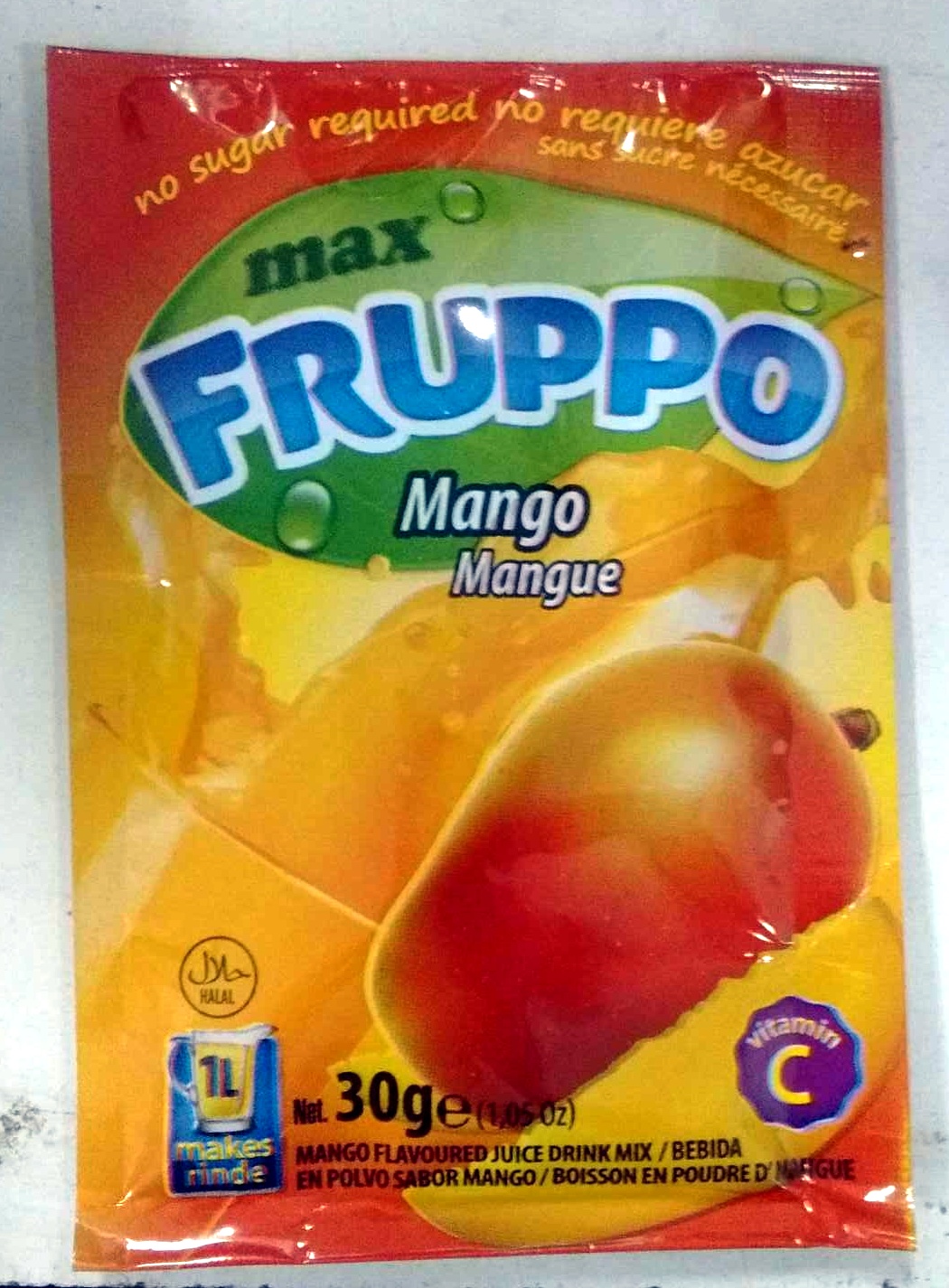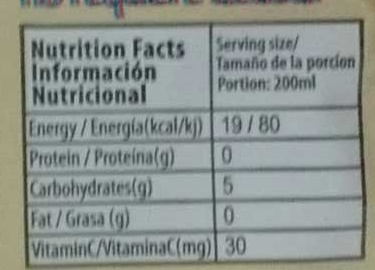Boisson en poudre Mangue - Max Fruppo - 30 g
This product page is not complete. You can help to complete it by editing it and adding more data from the photos we have, or by taking more photos using the app for Android or iPhone/iPad. Thank you!
×
Barcode: 8680579805293 (EAN / EAN-13)
Quantity: 30 g
Packaging: Plastic, Paper, Bag
Brands: Max Fruppo
Categories: Beverages, Dried products, Artificially sweetened beverages, Dried products to be rehydrated, Unsweetened beverages, Dehydrated beverages
Labels, certifications, awards:
Halal
Manufacturing or processing places: Turquie
Stores: Noz
Countries where sold: France








